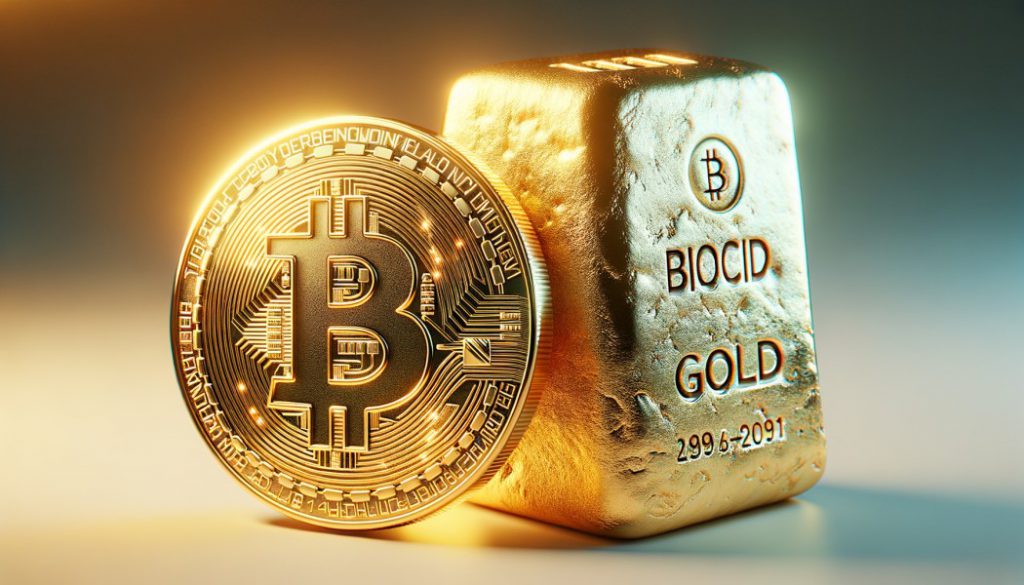Bitcoin (BTC), the original cryptocurrency, recently underwent its halving cycle, reducing rewards to miners by half. Many analysts consider halvings bullish as they reduce the supply of an asset, thereby increasing demand.
While discussing the impact of BTC’s latest halving cycle, Glassnode noted that ‘for the first time in history, Bitcoin’s steady-state issuance rate (0.83%) becomes lower than Gold (~2.3%), marking a historic handover in the title of the scarcest asset.‘


Also Read: Bitcoin: Blackrock’s Spot BTC ETF Inches Closer To Top 10 List
Glassnode’s report shows that Bitcoin’s (BTC) inflation rate is now officially lower than gold. The development makes the original cryptocurrency the most scarce resource on the planet.
Will Bitcoin (BTC) rally since it’s now scarcer than gold?


The cryptocurrency market has historically entered a bullish phase after a BTC halving event. A similar pattern may unfold this time as well. However, the crypto market seems to be undergoing another slump.
BTC has faced a 3.5% correction in the daily chart, an 8.9% correction in the 14-day chart, and an 8.5% dip over the previous month. The decline could be due to investor fears fuelled by the Iran-Israel conflict, inflation, and fading expectations of interest rate cuts.


Also Read: Tesla Says None of their $711 Million Bitcoin Was Sold in Q1 2024
Nonetheless, there is a possibility that Bitcoin (BTC) will enter a rally very soon. According to CoinCodex, BTC may hit a new all-time high very soon. The platform predicts BTC to hit $85,033 on May 22, 2024. Reaching $85,033 from current levels would translate to a growth of about 32.24%.


Changelly, on the other hand, is more bullish on Bitcoin (BTC). The platform anticipates BTC to hit a new all-time high of $74,381 on Apr. 26, 2024. Furthermore, the platform predicts BTC to surge to $87,121 by May 20, 2024.





